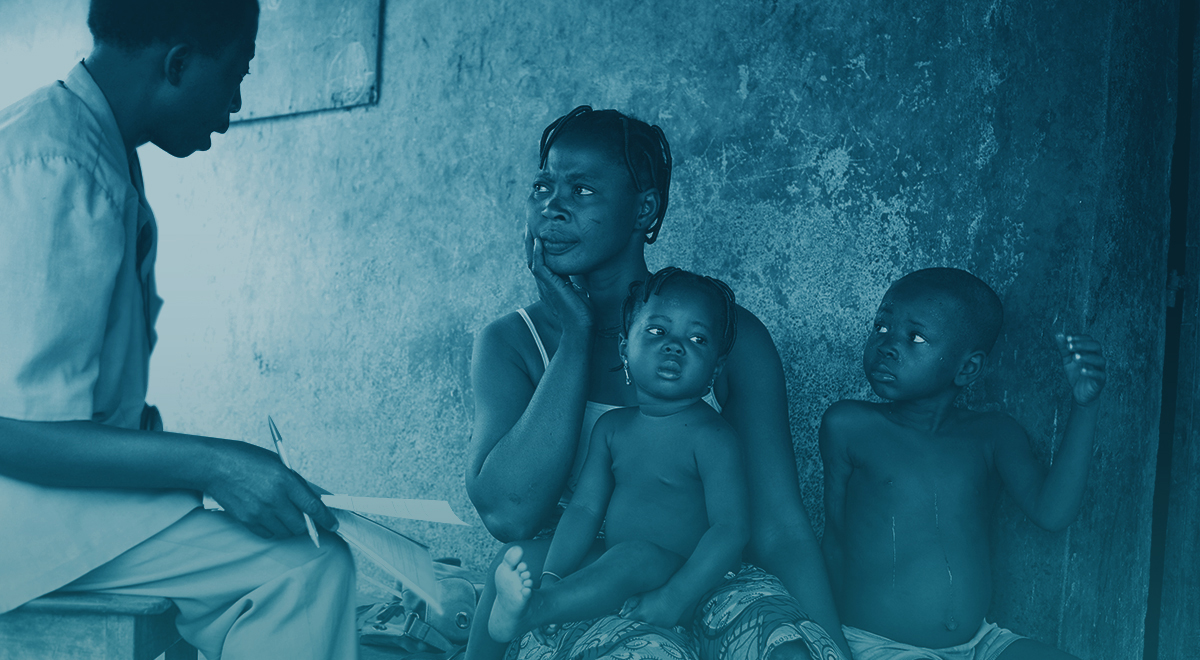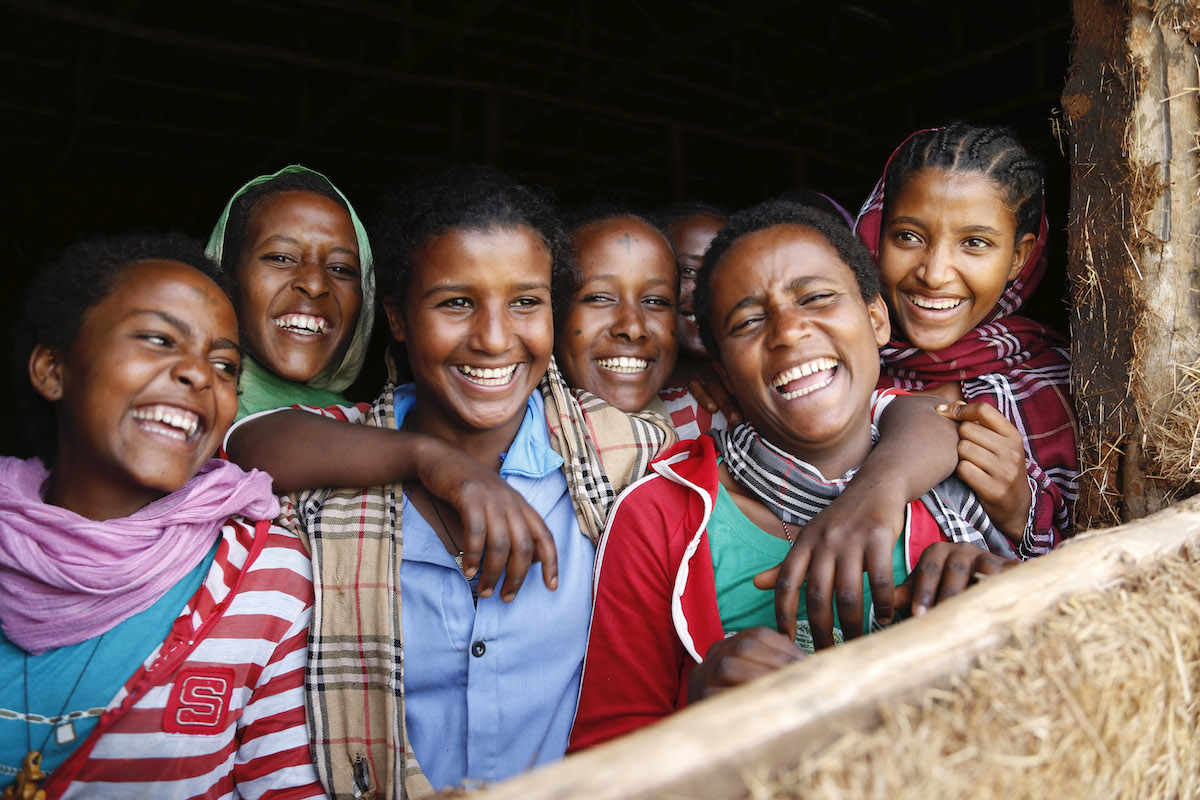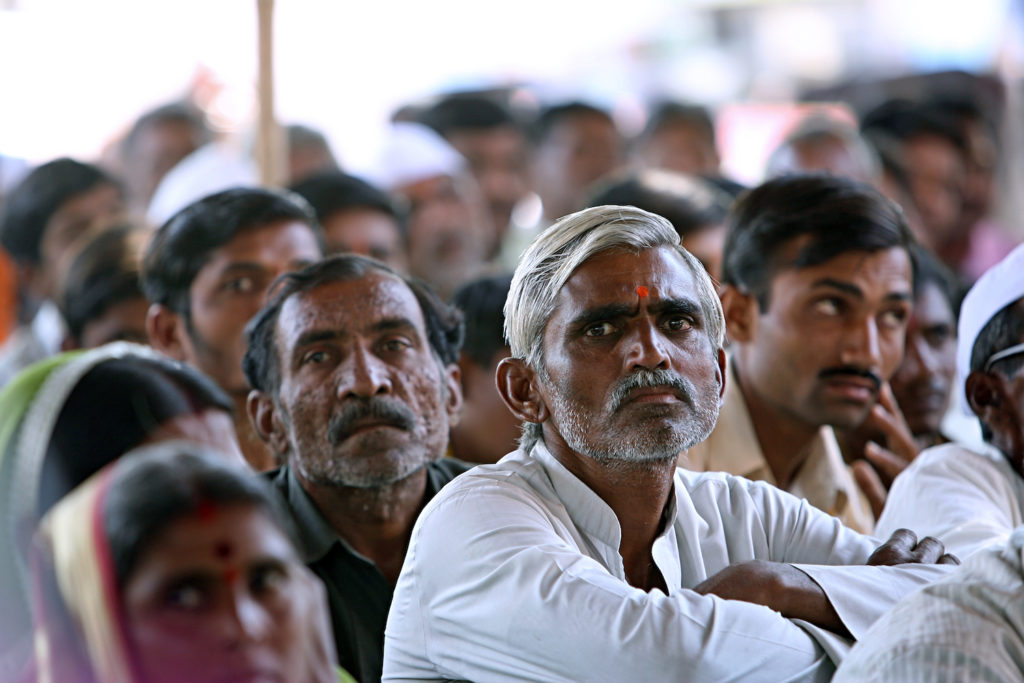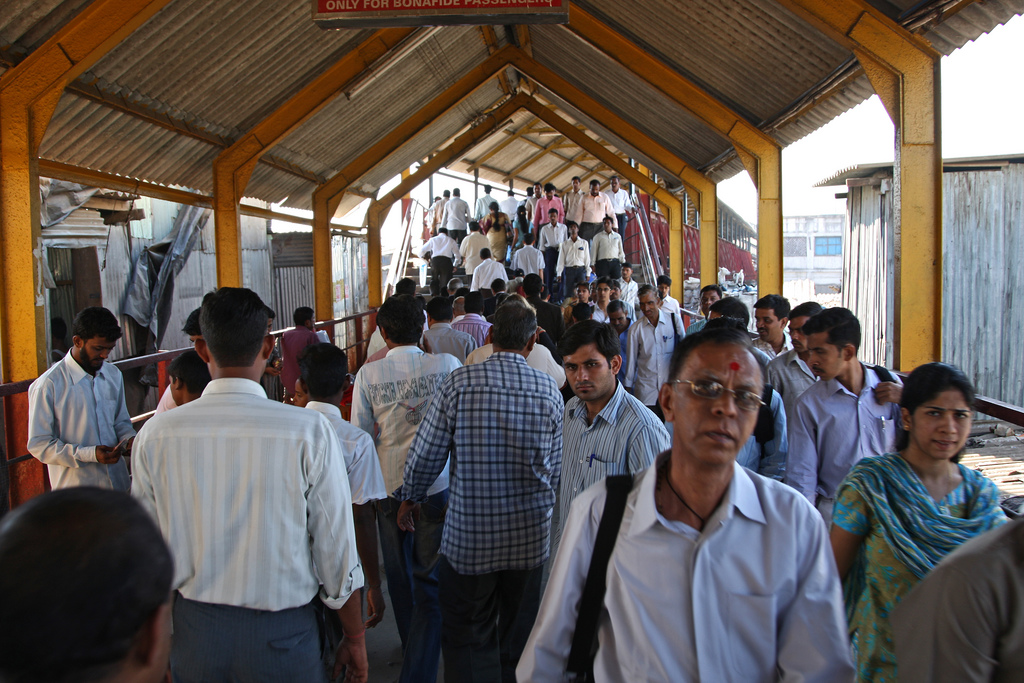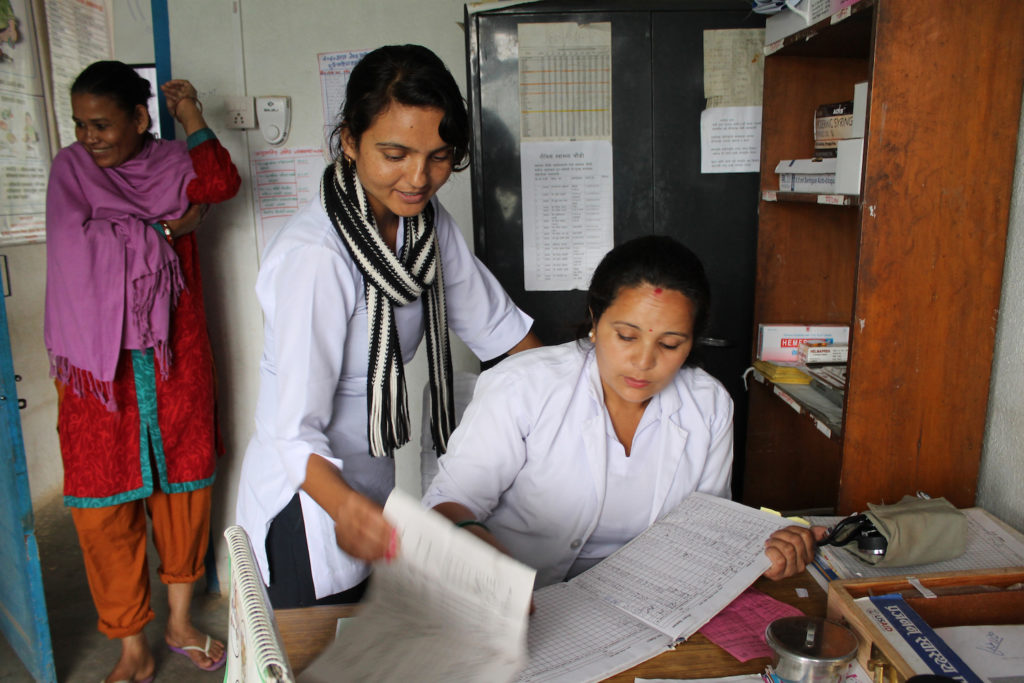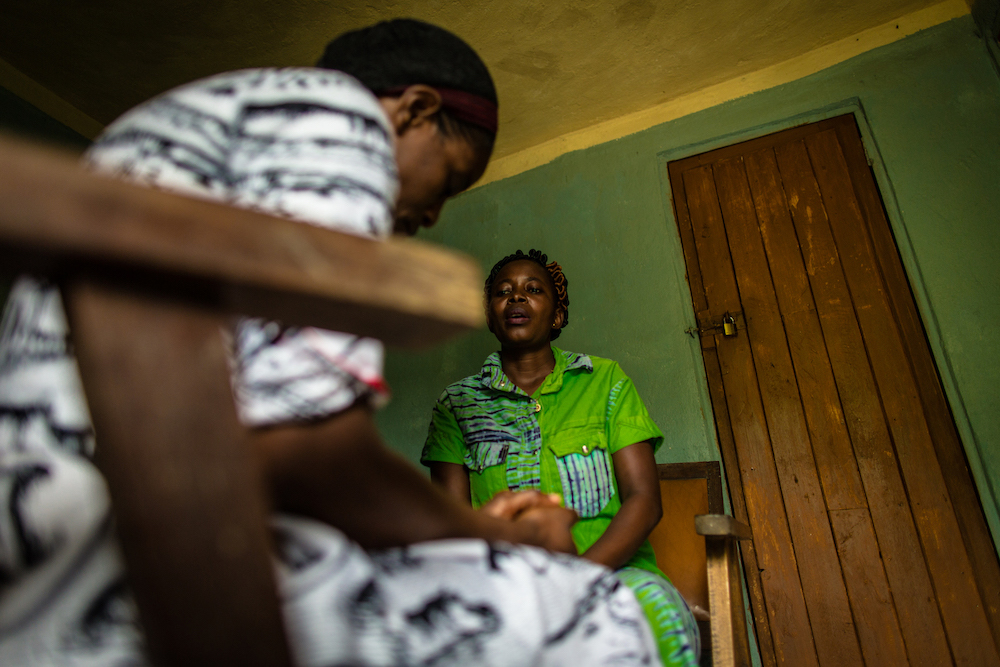
POTENTIAL FOR ADDRESSING VIOLENCE AGAINST WOMEN AND CHILDREN
Excessive or harmful alcohol use is a risk factor for both intimate partner violence and child maltreatment. Reducing harmful alcohol use is an underused but promising strategy to reduce violence in the family. Alcohol use is neither necessary nor sufficient for abuse to occur, but it can serve as an accelerant and trigger for violence. Moreover, because men and women strongly associate violence with men’s drinking, harmful alcohol use provides an entry point for discussing couple relationships, violence, and related issues.
This page gives key resources and selected examples.
Alcohol increases the likelihood and severity of violence in several ways:
- It affects people’s cognitive and problem-solving abilities.
- It lowers inhibitions.
- It increases risk-taking, making individuals less aware of, or concerned about, the consequences of their actions.
Social expectations that link aggression to men’s drinking may exacerbate the physical effects of intoxication. Alcohol use can become the source of couple conflict related to finances, infidelity, or other family stressors.
“IN THESE LESSONS, THEY WOULD ASK US, ‘IN A DAY, HOW MUCH ALCOHOL DO YOU TAKE?’ YOU SEE? ‘IN A WEEK, HOW MUCH DO YOU TAKE?’ SO, IN COUNTING, I REALIZED THAT IT IS ACTUALLY A LOT BECAUSE I NEVER USED TO COUNT….SO, IT OPENED UP MY MIND TO SEE THAT IF I TOOK AS MUCH ALCOHOL AS I DID, THEN I TOOK A LOT OF ALCOHOL. SO, I SHOULD REDUCE.”
PARTICIPANT IN CETA PROGRAMME IN ZAMBIA, IN MURRAY, S. M., ET AL. (2021)
Research has identified multiple means to reduce harmful drinking, but few evaluations of alcohol interventions measure their direct impact on partner violence or child maltreatment.
Interventions that work to reduce harmful alcohol use include:
- Brief counselling interventions delivered by trained lay providers
- Treatment and self-help groups
- Community-based interventions to reshape the drinking environment
- Policy-level interventions, such as reducing the density of alcohol retail locations, changing permitted alcohol sales times, increasing alcohol prices, and banning alcohol advertising
Evidence shows that gender-transformative interventions, including with couples, can reduce alcohol use, intimate partner violence, and violence against children. These interventions, however, typically include limited (if any) content or counselling on alcohol use. This suggests untapped potential to better integrate skills-based strategies to reduce harmful drinking into gender-transformative work with couples.
NOTE: Reducing harmful alcohol use is a strategy under both the United Nations framework to reduce violence against women (RESPECT) and the United Nations strategy to reduce violence against children (INSPIRE).
- The RESPECT framework includes alcohol misuse prevention interventions under the ‘Services ensured’
- The INSPIRE framework includes it under ‘Implementation and enforcement of laws’.
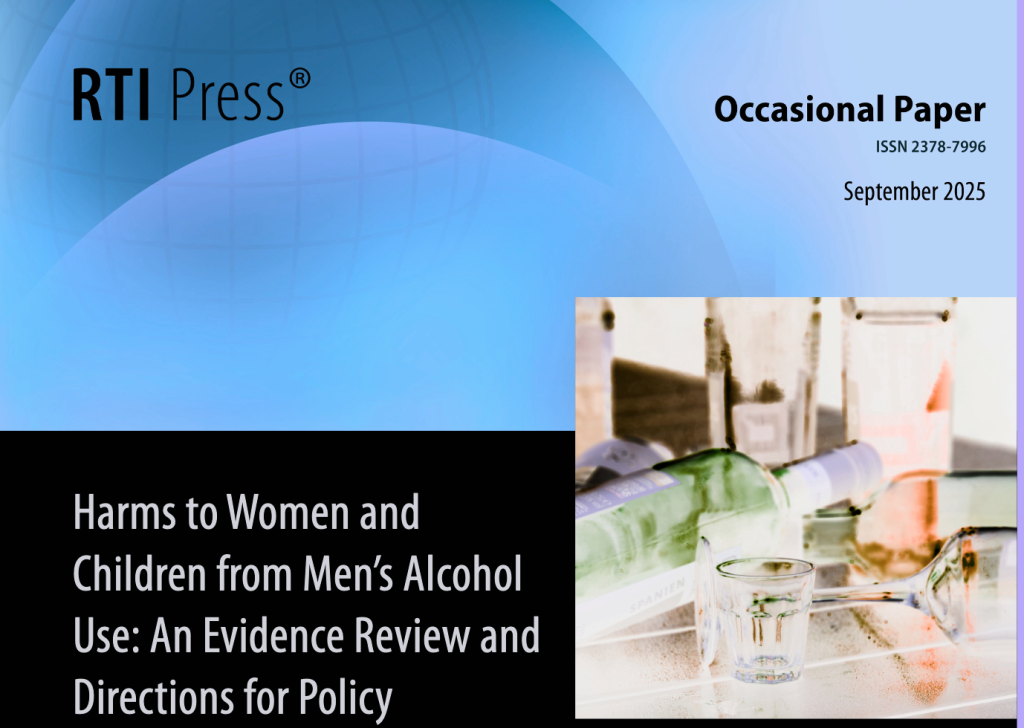
Harms to women and children from men’s alcohol use: An evidence review and directions for policy!
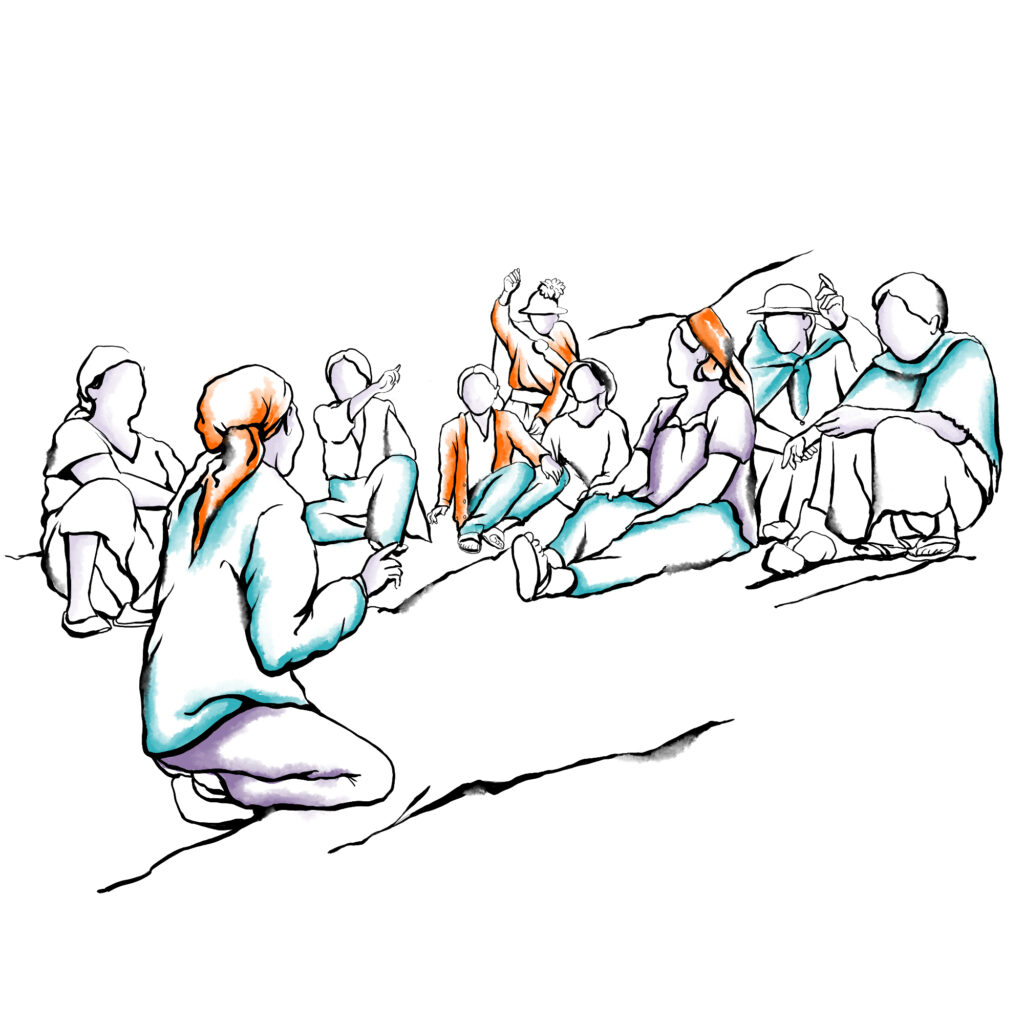
OPPORTUNITIES FOR INNOVATION: STRENGTHENING MENTAL HEALTH AND ADDRESSING ALCOHOL USE THROUGH IPV PREVENTION CURRICULA

Addressing Harmful Alcohol Use to Reduce Intimate Partner Violence and Violence Against Children in the Home

Stop gaslighting women facing alcohol-fuelled domestic violence
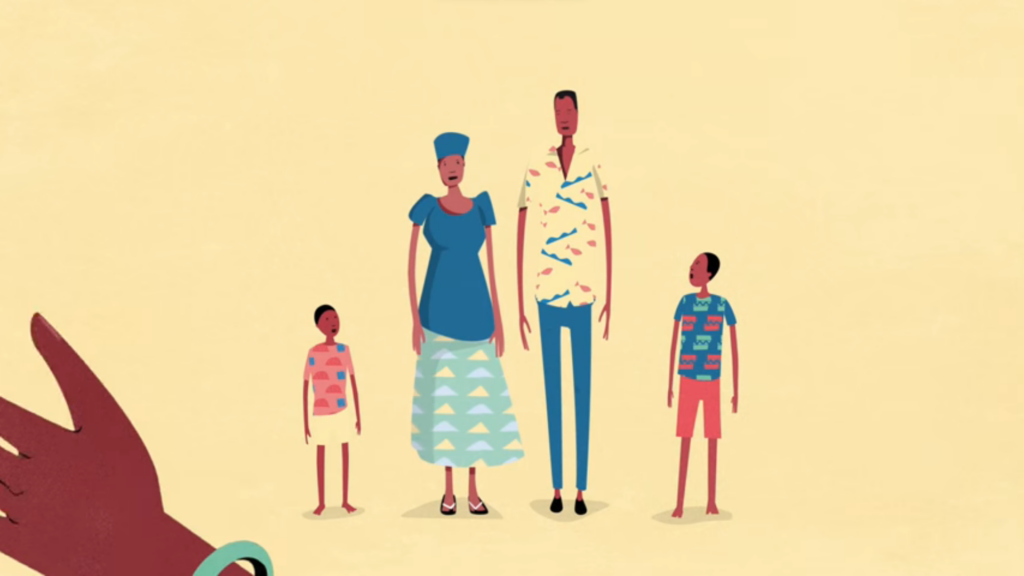
Couples, alcohol use and experience of intimate partner violence among young women in urban informal settlements in Durban, South Africa: A mixed methods study
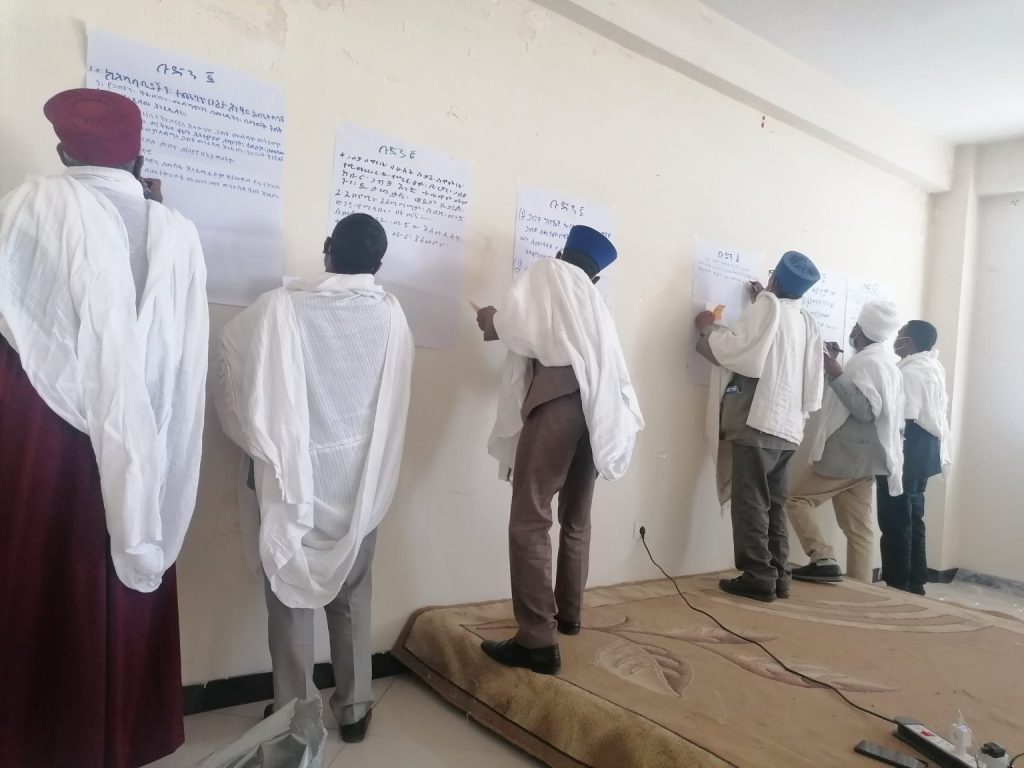
Alcohol availability: a structural driver of gender-based violence?


